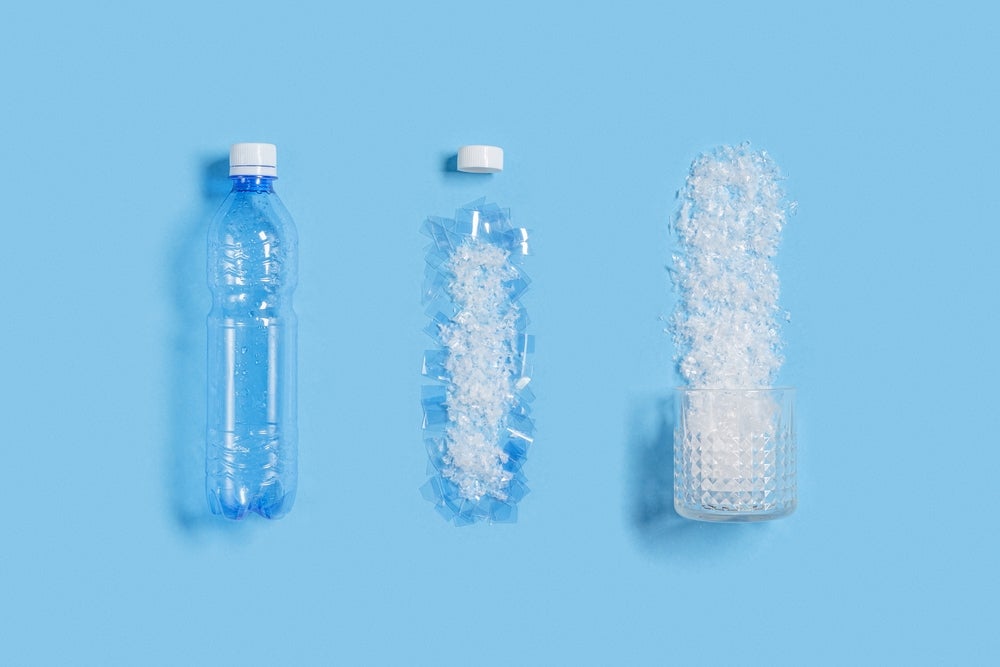
A report by PreScouter, a Chicago-based research intelligence firm, highlights the significant role the packaging sector plays in contributing to microplastic pollution.
It is crucial for packaging companies to urgently incorporate sustainability into their business practices and adopt strategies presented to address microplastics in packaging.

Discover B2B Marketing That Performs
Combine business intelligence and editorial excellence to reach engaged professionals across 36 leading media platforms.
The link between packaging and microplastics
There is a deep connection between plastics and microplastics. Primary microplastics are intentionally manufactured and added to packaging materials for various purposes – enhancing durability, flexibility, or barrier properties.
Secondary microplastics, in contrast, result from the breakdown of larger plastic products and packaging materials, through processes like weathering, abrasion, or degradation. The darkest side of this relationship is that in either form plastic packaging items that degrade over time break down into smaller particles known as microplastics.
Microplastics are tiny plastic particles measuring less than 5 mm in size. These tiny plastic bits are a significant source of global plastic pollution. Presently, there are about 51 trillion particles of microplastics floating on the surface of the ocean, with the packaging industry serving as one of the major contributors to this issue on a global scale.
The environmental impact of microplastic packaging pollution
The presence of microplastics poses a significant concern as they can be inadvertently consumed and accumulated by living organisms, including humans. Microplastics can enter the food chain through ingestion by smaller organisms, posing a significant threat as carriers of persistent organic pollutants like per- and poly-fluoroalkyl substances (PFAS) and heavy metals. These pollutants can cause potential physical damage, disruption of physiological processes, impaired reproduction, and weakened immune systems.

US Tariffs are shifting - will you react or anticipate?
Don’t let policy changes catch you off guard. Stay proactive with real-time data and expert analysis.
By GlobalDataOur comprehension of the precise consequences of microplastics on human health and the environment is still limited. However, emerging evidence suggests that microplastics can be invasive and alter human physiology. Furthermore, microplastics have been found to be present in human breast milk and veins, while a recent study found that microwaving baby food in plastic containers can release microplastics.
Sustainable packaging materials
Some businesses are actively exploring and adopting packaging materials that are biodegradable, compostable, or easily recyclable. Sustainable alternatives such as bio-based plastics, paper, cardboard, and plant-based fibers are becoming increasingly popular. Packaging designs now also consider recyclability by using single-source materials or separable materials that are easier to recycle.
One example is Lush, a cosmetics brand, which has been utilising bio-based and compostable packaging materials for its products since 2017. To minimise waste and support sustainability, Lush has introduced packaging made from bamboo, cork, and recycled paper.
Waste management
Companies are focusing on improving their waste management systems (e.g., collection, sorting, and recycling infrastructure). One notable example is Coca-Cola’s Collecting and Recycling Program. The program collects the equivalent of 100% of the packaging they produce. About 61% of the equivalent bottles and cans Coca-Cola introduced into the market in 2022 were collected and refilled or collected for recycling.
Advanced packaging technologies
Companies are now more actively involved in research and development, spearheading ongoing advancements in packaging technologies, particularly in addressing the issue of microplastics. For example, BioPak introduced its Polylactic Acid (PLA) industrially compostable plastic, which breaks down to its original monomer through thermal depolymerisation or hydrolysis. BASF has also made significant strides in this area by releasing its home-compostable coating, completely free of polyethylene.
Additionally, companies such as Tetra Pak, Amcor, Sealed Air, and Dow Chemical Company keep exploring novel materials, barrier coatings, and smart packaging designs that effectively prevent the migration of microplastics.
Adoption of circular economy
By embracing the principles of the circular economy – reuse, refill, and recycling – companies can help to reduce our dependence on single-use plastics and curb the presence of microplastics.
Loop is a global circular shopping platform that partners with leading consumer packaged goods companies to offer reusable packaging options. Consumers order products online and have them delivered in durable, reusable containers. Once the products are consumed, the empty containers are collected, cleaned, and refilled for future use.
Companies such as Procter & Gamble, Nestle, PepsiCo, Danone, and Unilever are also working to comply with regulations that establish microplastic release limits from packaging and actively engaging in discussions with regulatory bodies to shape effective policies. These companies have also reported that their main focus is to enhance recyclability by utilising mono-materials and eliminating unnecessary complexity in packaging design.
A call to action for the packaging industry
The packaging industry is facing increasing pressure due to environmental concerns, regulatory requirements, consumer demand, and corporate accountability, which is also calling for the re-examination of its value chain (e.g., raw material suppliers and packaging manufacturers, etc.). This multifaceted pressure indicates that the packaging industry must prioritise the adoption of more sustainable practices to address both plastic and microplastic pollution.
To tackle this issue, companies must actively work on reducing plastic usage, promoting recycling, investing in research and development, and supporting regulatory actions. By implementing these strategies, companies can play a pivotal role in limiting the release of microplastics into the environment.
Furthermore, collaboration between industries, academia, and regulatory bodies is essential to develop comprehensive and effective policies that encompass all aspects of the problem. To promote both sustainable innovation and environmental safety, microplastic regulations must be refined and tailored to the unique needs of each sector.
PreScouter senior project architect and report coauthor Beatriz Goncalves comments: “There is a need for further research to continue evaluating the risks associated with microplastics, and more advanced regulations should be developed and better tailored to specific applications.”
About the author: Jorge Hurtado is a PhD research analyst for PreScouter.





